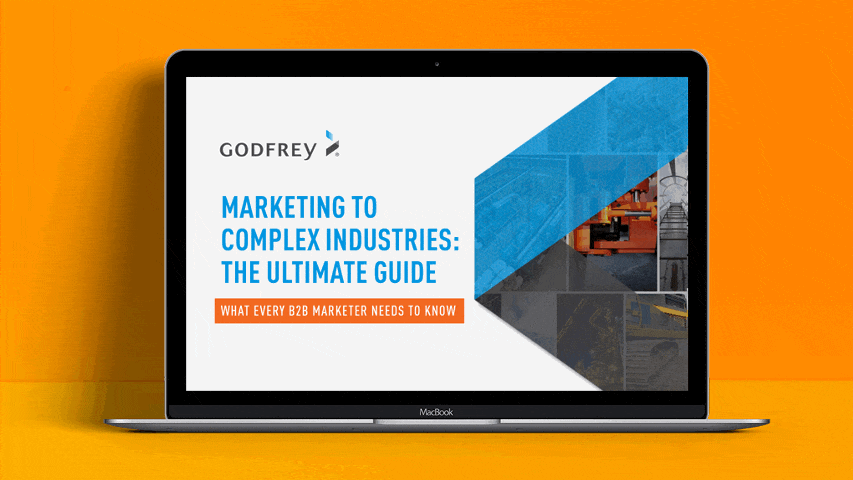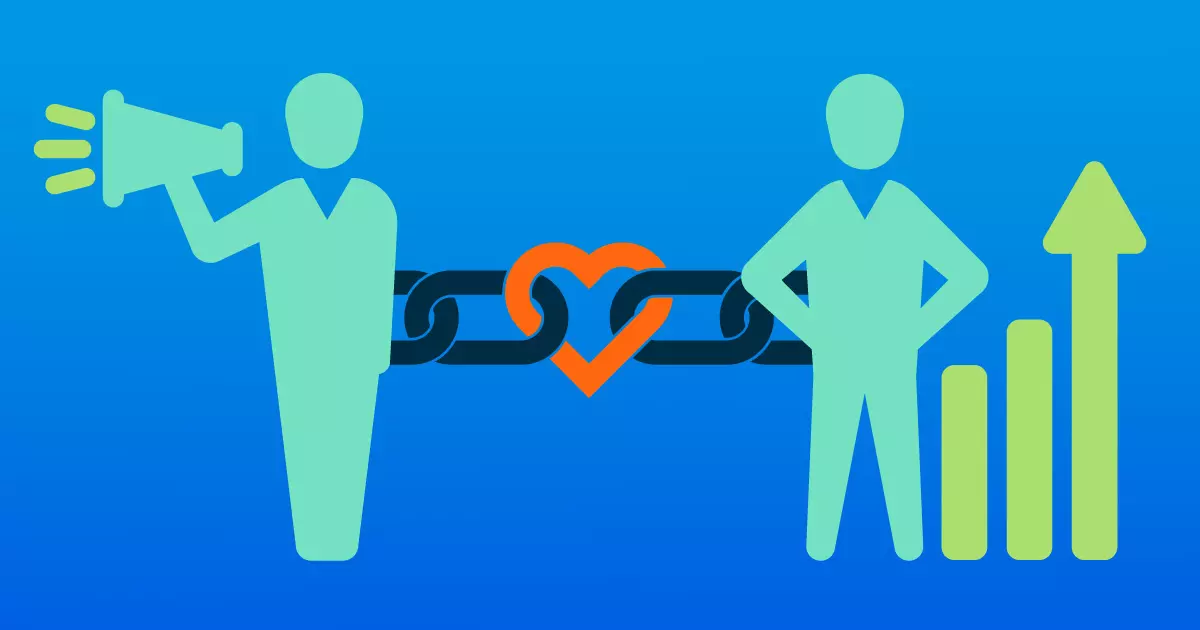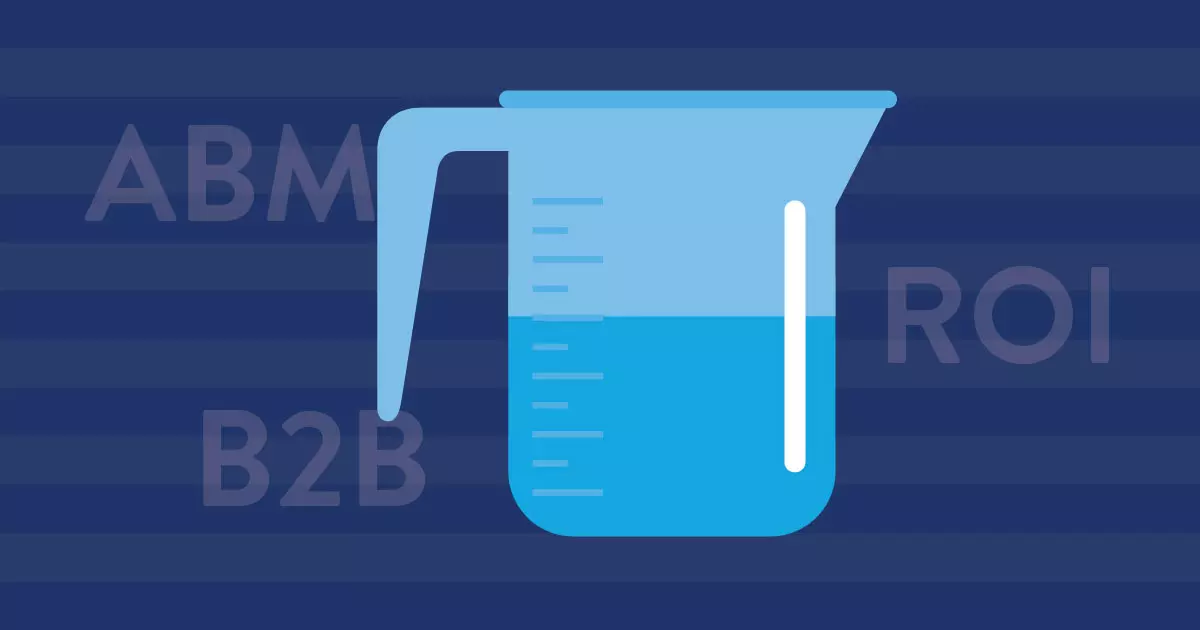The Rise of Account-Based Marketing

Jon Miller, CEO and co-founder of Engagio, discusses this new model for marketers that “flips the funnel” on traditional demand generation.
UPDATE: Watch Jon Miller’s presentation and view his slides on Fishing with Spears: All About Account-Based Marketing from this year’s FWD:B2B Conference. Jon shares his vision on the next big thing in B2B marketing and provides a list of practical tips for launching and scaling your own ABM programs.
Account-based marketing (ABM) is one of the hottest trends in B2B marketing today. What is it? It’s a strategic approach that coordinates personalized marketing and sales efforts to open doors and deepen engagement at specific accounts. And it’s hot because it works: According to the ITSMA, “ABM delivers the highest Return on Investment of any B2B marketing strategy or tactic. Period.” That’s pretty cool.
ABM is a new model for marketers that “flips the funnel” on traditional demand generation concepts. Here are a few of the key differences between demand generation and ABM.
Going after target accounts requires an account-centric focus
When you celebrate closing a deal, you write the company name on the whiteboard, not the name of the person who signed the contract. A salesperson never talks about how many leads they’ve closed – they talk about how many accounts they’ve won. There’s a reason we call it business-to-business and not business-to-lead.
That’s why account-based marketing takes an account-based lens to every activity. (This can be challenging, because virtually every marketing tool available today has been architected to be person-centric.)
You need targeted tactics to reach specific people at specific accounts
As an analogy, traditional demand generation is like fishing with a net: You put your campaign out there, and you start catching ‘fish.’ It doesn’t matter which specific fish you catch, as long as you catch enough fish in total. But when going after target accounts, you can’t wait around for them to come into your net – you need to go after the ‘big fish’ with spears and harpoons. That’s where ABM comes in.
Often, the best account-based marketing opportunities are at current customers
Deepening relationships at existing customers is a big part of account-based marketing, so marketers need to focus on both sides of the ‘bow tie.’ Cross-sell and upsell pipeline and revenue are certainly part of this equation, but account-based marketing works to support advocacy, referrals, customer satisfaction and net promoter scores.
Leads and opportunities are not sufficient to measure account-based marketing
While leads and opportunities are important and even necessary, they are not sufficient to ABM. Here’s why:
- ABM is about quality, not quantity. If you are a sales rep with only 20 accounts, you are thinking about those 20 accounts all day long. You already know many of the people in those accounts, and ideally you have contact data for those you don’t. This doesn’t leave a lot of room for marketing to deliver value by generating new leads. Instead, marketing needs to create influence with the people who matter. That’s a new and different mindset for how marketing claims victory.
- In ABM, marketing supports and influences pipeline creation. The larger and more complex the deal, the less we can measure marketing in terms of marketing sourced pipeline. Instead, account-based marketers need to show their impact on revenue by demonstrating how well they influence deals and improve key business outcomes such as win rates, deal velocity and average contract value (ACV).
Some of the metrics that marketers should focus on in ABM include:
- Coverage. Do you have sufficient data, contacts and account plans for each target account?
- Awareness. Are the target accounts aware of your company and its solutions?
- Engagement. Are the right people at the account spending time with your company, and is that engagement going up over time?
- Program Impact. Are marketing programs reaching the target account, and are they having a long-term effect?
- Influence. How are the ABM activities improving sales outcomes such as deal velocity, win rates, average contract values, retention and net promoter scores?
Want to learn more? Download Engagio’s ebook The Big 5 Metrics for Account-Based Marketing.
Sign Up for our Newsletter - Get agency updates, industry trends and valuable resources delivered directly to you.
Godfrey Team
Godfrey helps complex B2B industries tell their stories in ways that delight their customers.




